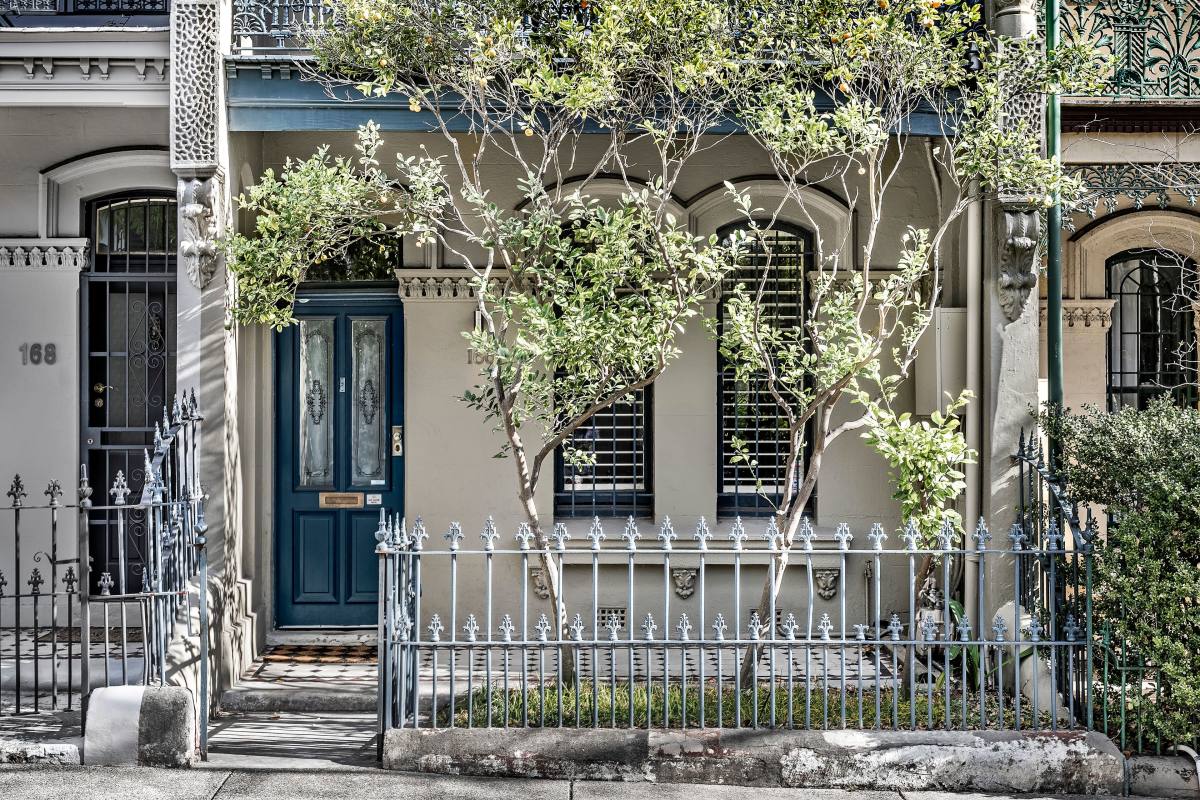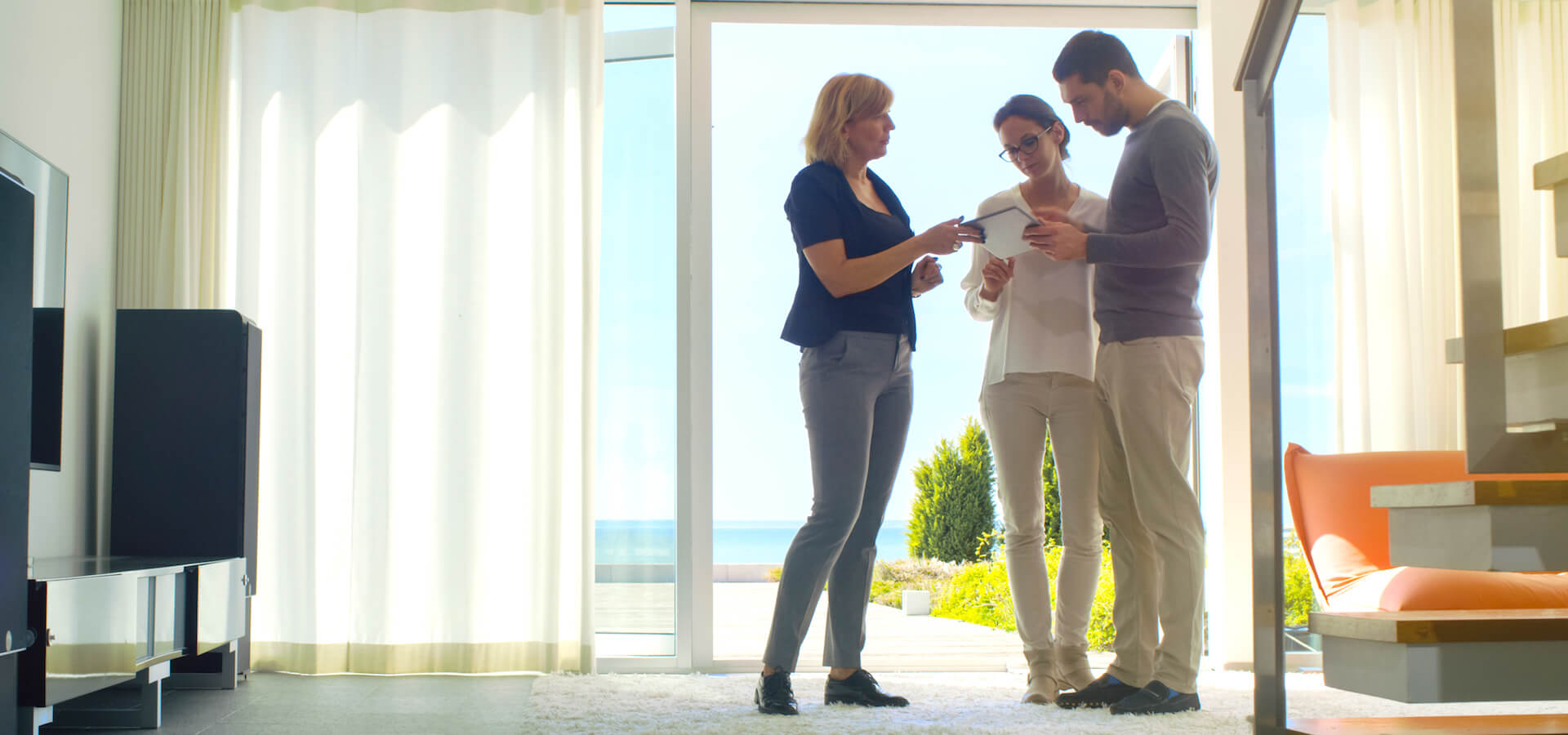Value…it’s such a tricky concept to unpack and define.
We all know that gold, diamonds, oil and even saffron are high-value commodities, thanks to their scarcity, desirability, or the fact that we need them to go about our lives.
It’s the delicate balance between supply and demand that drives up the value of these goods. The illegal drug market is the perfect example of how a highly-coveted, yet hard-to-come-by item can become inflated several times over its original worth because if people want it badly enough, they’ll pay the price.
Topics in this article:
What makes real estate so valuable?
We live in a country with vast expanses of space, yet we cling to the major coastal cities for dear life and treat the inner-ring suburbs of Sydney and Melbourne like hallowed turf that we can only hope to be worthy of residing on.
Property taps into some of our strongest needs and desires – security, safety, prestige, status, a sense of success and something to leave behind for our children.
We all need somewhere to live, or somewhere to operate a business but lately, real estate values have also been driven up by our desire to accumulate wealth.
As with any asset, when demand outstrips supply, prices go up – as we’ve seen over the past few years in the property boom.
Apart from home buyers over the last few years, an influx of foreign buyers and herd of local investors have helped propel Australia’s housing prices skyward.
However, as we’re seeing more recently, the changes introduced by the Australian Prudential Regulation Authority aka APRA, the impending results of the Royal Commission into banking and falling consumer confidence has seen the buyer pool shrink rapidly, and with that growth has slowed, and in some cities we’ve even seen price declines.
Having said this, there are a number of key factors that will always play a part in the value of property in the most buoyant or subdued of markets. So let’s take a look…
Where are we all going to live?
With Australia’s current annual population growth of 1.4 per cent, around 340,000 people are added to our population each year.

While this may not sound like much, we’re adding the equivalent of one new Darwin every 20 weeks or a new Tasmania has to be squeezed in somewhere every 18 months.
Melbourne is Australia’s fastest-growing city, in fact, it’s one of the world’s fastest-growing developed cities, growing at around 2.7 per cent per annum. This means its population will increase by 10 per cent in the next four years.
Where will all these people live? How will 10 per cent more cars fit on the road?
Sydney is also growing much faster than the national averages and will increase in population by 10 per cent in the next 5 years.
And if it keeps growing at its current pace Sydney will add two million people (the equivalent of another Perth) to its population in the next 20 years.
This growth is causing a town planning nightmare. We’re building many high-rise towers in and near our CBDs and new housing estates on the outskirts of our cities.
But there is a lack of the much desired medium density dwellings in the middle ring suburbs where more of us want to live, causing increased value and strong price growth.
It turns out size does matter, after all
The value of a property is driven primarily by the land it’s on, meaning in any given location larger blocks will be worth more than smaller plots.
But that’s not the whole story – the location of the land is very important, because not all land is created equal.
In general land closer to the CBD, the water or locations within a short walk of public transport or train stations are more sought after and therefore more valuable.
Just look at your own neighbourhood – not all spots are considered equal. Some locations will be highly sought after, some streets will be more attractive and even one end of a street can be more desirable and therefore more valuable than the other.
 For sale: 3/10 Osbourne Avennue, Glen Iris, VIC
For sale: 3/10 Osbourne Avennue, Glen Iris, VIC
Lifestyle factors
Somewhere safe to sleep at night is just part of the picture – people also want to be close to amenities, their workplace, good schools or the beach – and they’re willing to pay more for the privilege.
These homes also tend to be in established areas, where vacant land is non-existent, adding scarcity to the equation.
If there are only a handful of homes within walking distance to your favourite surf spot, and lots of buyers hoping to snap them up, competition will push prices up and you’ll have to decide exactly how much those lifestyle factors are worth to you.
It’s the same close to trendy cafe strips in our capital city inner suburbs. More of us are prepared to trade space (a large suburban block) for a place (close to where the action is) – we’re happy to trade our backyards for balconies and courtyards to live close to our most coveted lifestyle amenities.
And accommodation in these desired locations is scarce meaning they become more valuable as people with high disposable incomes are able to and prepared to pay a premium to live there.
The character, style & appeal of homes
Period, Federation and Art Deco style homes, bursting with architectural features and charm, are both harder to come by and more sought-after than cookie-cutter new builds. As such, they tend to grow in value faster than the same-same newer properties surrounding them.
Home buyers are usually willing to pay more for a home which has character, a level of scarcity or a twist – something special about it.
 For sale: 166 Underwood Street, Paddington, NSW
For sale: 166 Underwood Street, Paddington, NSW
Infrastructure
Improving the infrastructure around a property can make it more accessible and liveable and therefore more valuable.
Think freeways giving easier accessibility to the CBD or workplaces or improved public transport, shopping centres or job opportunities.
Gentrification
One significant change to occur in Australian cities over the past 50 years, which has pushed up inner and middle-ring suburb property values, is gentrification – the shift in the socioeconomic demographic of a suburb.
Areas undergoing gentrification are suburbs where more affluent residents are moving in and renovating older houses or building new ones pulling up the value of neighbouring properties and suburbs.
Solid return on investment
There’s no doubt that increased investor demand for properties in prime locations is part of what has been helping drive prices up in many locations around Australia.
There was a time only a few years ago when close to 50 per cent of all new loans taken out in Sydney were investors who were stiff competition for the average first home buyer, and again, the influx of investor cash resulted in scarcity, which we already know fuels growth.
The bottom line- Like most things in life supply and demand for a property determines its value.
In the future, Australia’s population growth, our increasing wealth as a nation and our desire to live in a select number of locations in our big capital cities will underpin the value of property.






